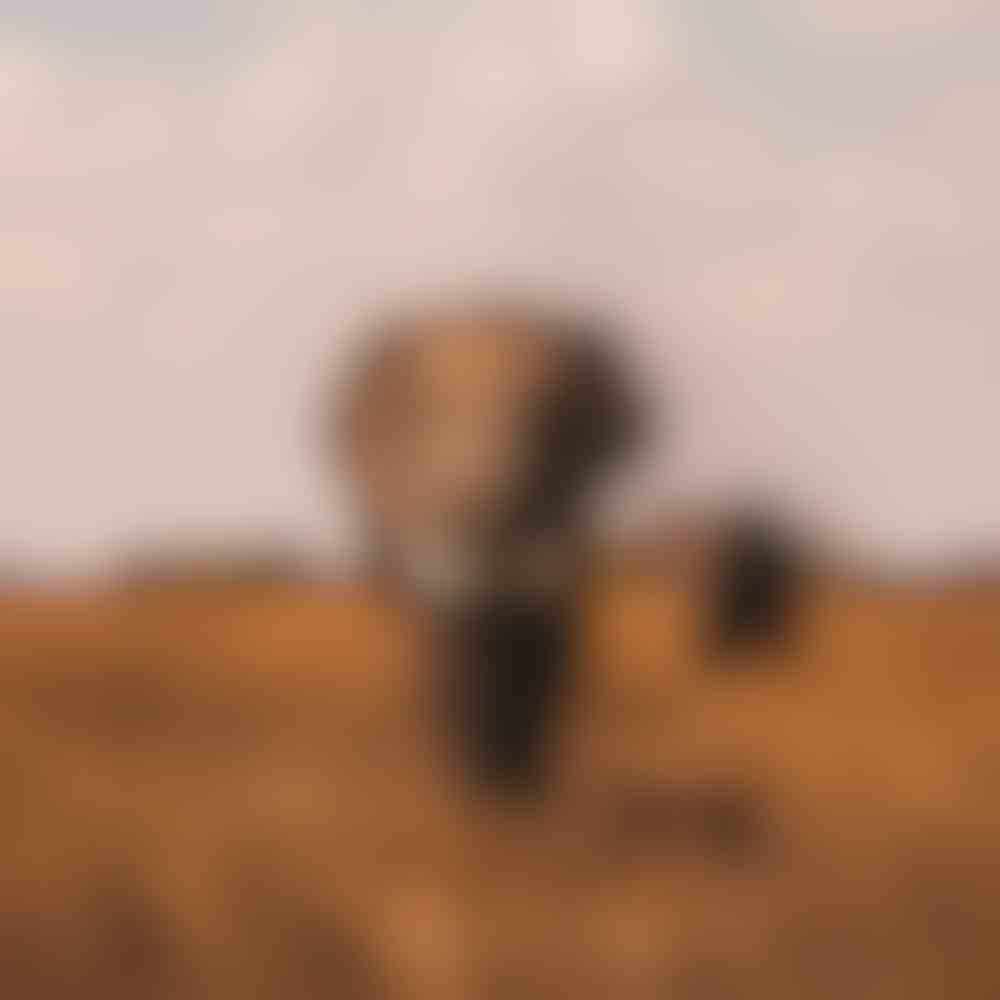Environment
Land Management
Land management is key to the success of Ol Jogi. There are many imbalances that affect the natural equilibrium of our landscape, some created by human activity and others coming from areas beyond our control such as global warming. Land being over-used can degrade and reduce productivity and disrupt natural habitats. At Ol Jogi, we strive to manage our land sustainably in order to restore balance for the sake of a healthy bio-diverse environment.
Carrying Capacity
The carrying capacity of a biological species in an environment is the maximum population size of the species that the environment can sustain indefinitely, given the food, habitat, water, and other necessities available in the environment. At Ol Jogi, we tend to focus on the ecological carrying capacity and social carrying capacity for each species. If a species has exceeded carrying capacity, its population performance tends to reduce. A reduction in population performance for a recovering species like black rhinos might be considered as bad as poaching. Furthermore, if a species exceeds ecological carrying capacity for extended periods of time, it might come at the expense of unsustainable and potentially irrevocable damage to the environment. It is therefore crucial to carefully manage this delicate balance to the best of our extent.
Migration Corridors
In Kenya, wildlife conservancies are typically fenced to protect wildlife from conflict with communities. Ol Jogi and several other Laikipia conservancies have addressed the fencing dilemma by introducing “rhino-proof wildlife corridors” along their perimeter fence. These innovative structures, of which Ol Jogi has 18, allow the free movement of all wildlife between protected areas via specially designed migration corridors, with the exception of rhinos, which are unable to navigate the corridors, and are therefore contained within the security of the conservancy. We study the migration of wildlife using remote camera traps which are constantly monitored.
Land Rehabilitation
In Laikipia, many areas have been subjected to historic mismanagement especially from over-grazing of livestock. The result is eroded ground with little water retention and minimal vegetation cover. Land rehabilitation is the process of returning damaged land to some degree of its former state, using adaptive environmental management strategies such as a holistic cattle-grazing method. Invasive alien plants, such as Opuntia Stricta, are also a threat to our biodiversity. Ol Jogi uses species-specific biocontrol agents to mitigate damage caused by invasive alien plants and to improve vegetation growth.Cattle Cohabitation
Ol Jogi strives towards a sustainable and replicable model for conservation of biodiversity in Kenya, and cooperation with local herders and their communities is vitally important. Community-owned cattle are therefore permitted to enter the conservancy to utilize available pasture, under the supervision of trained herdsmen and in accordance with sustainable land management practices. Contrary to popular belief, cattle and wildlife can coexist in harmony if certain management practices are employed. At Ol Jogi, we utilize elements of the “Allan Savory” holistic grazing management model. We graze our livestock in a planned 12-month rotation. We also use the cloven hooves of the cattle to cultivate the eroded ground and their manure to improve the soil’s nutrients and pasture composition. In doing so, cattle are used as a biological tool to improve biodiversity within Ol Jogi.Invasive Alien Species
Invasive Alien Species (IAS), which can be plants, animals, or pathogens, are introduced species (intentionally or unintentionally) that become established in a new environment, then spread in ways that are destructive to human interests and natural systems. At Ol Jogi, we are also threatened by several IAPs such as the plant Opuntia Stricta. We are cognizant of this and we are working with several institutions including the Government of Kenya to mitigate this threat to our biodiversity.Water Resource Management
Water resource management allows us to manage the available water to optimum use. Water is essential for our survival, and it is likely that ongoing climate change will result in water poverty in many regions of Africa. At Ol Jogi, we strive to practice sustainable water utilization. We harvest rainwater, we promote natural water retention by ensuring that we have adequate vegetation cover, and we try to be responsible for our consumption. We also have in the range of 60 man-made and natural rainwater collection pans, two natural rivers, and three boreholes for the collection of water.Green Solutions
Ol Jogi is committed to reducing its environmental impact by adopting the use of green technologies and products that help protect the environment, its ecosystems, and natural resources. In doing so we are reducing our pollution and contributing to a healthier environment.Solar
Due to the necessity for power in many remote locations across the Conservancy, solar power is very helpful. Ol Jogi currently uses solar systems for several functions such as to provide power for our Veterinary Clinic, our electric fence, our borehole, our remote battery charging stations, as well as several communication and internet providing antennas. It also provides power to some of our remote ranger stations and is used to heat water for our camps.
Wind
Certain parts of Ol Jogi benefit from relatively constant wind flow. Ol Jogi currently harnesses wind power to charge some of our radio repeater stations alongside the solar set-up.
Electric Vehicle
We are testing the use of an electrically powered Land Cruiser for our tourism operation in order to ascertain its effectiveness in this environment, thus lessening our diesel consumption and pollution.


